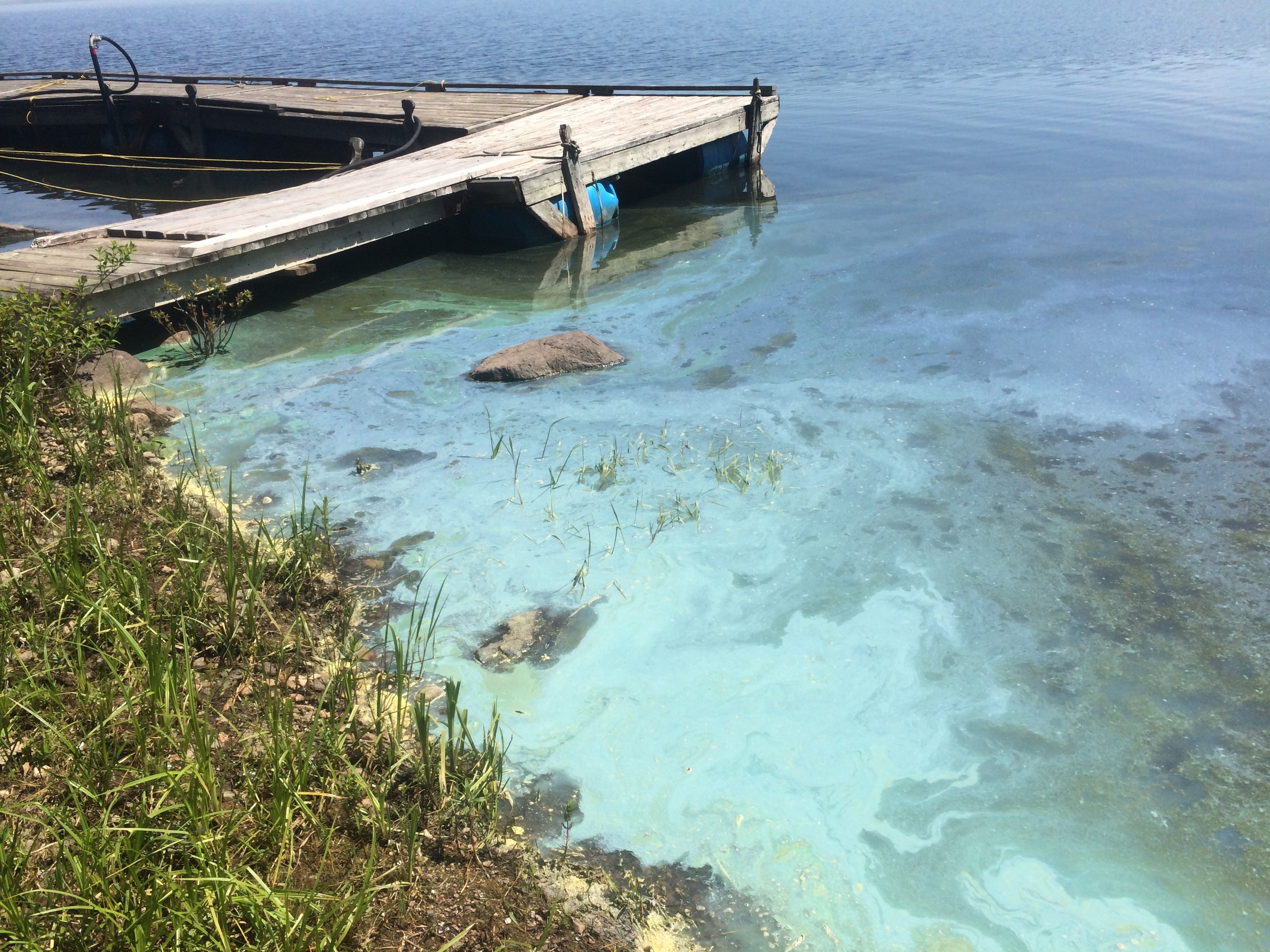The CDC recently published a report that is the first to link Lake Erie’s harmful algal blooms to illnesses in Ohio. It found that:
- In August 2014, 110 people were sickened and 500,000 people did not have access to clean water in Toledo.
- In September 2013, six people were sickened in Carroll Township with a gastrointestinal illness from a lake, reservoir, or impoundment source.
Of all the states that reported illness, Ohio ranked 2nd highest in number of waterborne illnesses with 234 reported cases between 2013-2014. Ohio was only second to West Virginia, where 369 illnesses were reported[1] due to a chemical spill of 4-methylcyclohexane menthol from a nearby coal tank into the Elk River. The incident prevented 300,000 people from drinking public water for days.[2]
Overall, the study found that during 2013-2014, 42 outbreaks were recorded in the U.S., resulting in 1,006 cases of illness, 124 hospitalizations, and 34 deaths. Read the full report here.
This report provides only a small snapshot of overall incidences in recent years and demonstrates the enormous impact harmful algal blooms have at a local level. This impact has been especially true for Ohio, but other states are now starting to experience harmful algal blooms as well. Due to the severity and higher rate of occurrence of harmful algal blooms over the past few years, stricter precautions are being taken and it is expected that tighter regulations will follow.
Recently, the Ohio EPA funded a $4.5-million-dollar study to research curb water runoff, which is a major non-point source contributor to algal blooms. Other than this study, both state and federal regulators have been slow to respond to outbreaks. Environmental groups have recently sued the U.S. EPA, arguing that it failed in its duty to warn people of the poor water quality of Lake Erie and that its response to address the issue has been too slow. Although the U.S. EPA approved Michigan’s impaired status of Lake Erie, it failed to rule the same for Ohio, where the decision was turned over to the state and no action was taken.[3]
Cyanobacteria contain some of the most harmful toxins known to man and animals. Routine monitoring of a water system is the best way to stay on top of current conditions. EnviroScience provides rapid detect cyanotoxin monitoring and testing services. Our team of algal taxonomists can analyze water samples for the presence of cyanotoxin producing species. Based on their findings, they can make a recommendation of the toxins that should be tested. EnviroScience can test for the presence of microcystins, saxitoxin, cylindrospermopsin, and anatoxin-a using the ELISA immunoassay test method. We are also Ohio EPA certified to test for microcystin in drinking water. Another useful monitoring service we offer is qPCR (Quantitative Polymerase Chain Reaction) testing. qPCR uses the quantification of cyanotoxin genes as a method for estimating the potential toxicity of blooms. It does this by identifying specific gene clusters that are responsible for cyanotoxin production.
Routine testing is necessary to make sure our public water supply is safe. EnviroScience is one of the few companies that can perform cyanotoxin testing and monitoring. Read more about EnviroScience’s services here.
[1] Benedict, Katharine, DVM, PhD, et. al. “Surveillance for Waterborne Disease Outbreaks Associated with Drinking Water—United States, 2013-2014.” Centers for Disease Control, 10 Nov. 2017, https://www.cdc.gov/mmwr/volumes/66/wr/pdfs/mm6644-H.pdf.
[2] Clark Howard, Brian. “A Year After West Virginia Chemical Spill, Some Signs of Safer Water.” National Geographic, National Geographic Society, 10 Jan. 2015, https://news.nationalgeographic.com/news/2015/01/150109-west-virginia-chemical-spill-water-quality-regulations-environment/.
[3] Heisig, Eric. “Environmentalists sue EPA to designate Ohio’s Portion of Lake Erie ‘impaired’.” Cleveland.com, 19 July, 2017, http://www.cleveland.com/court-justice/index.ssf/2017/07/environmentalists_sue_epa_to_d.html




